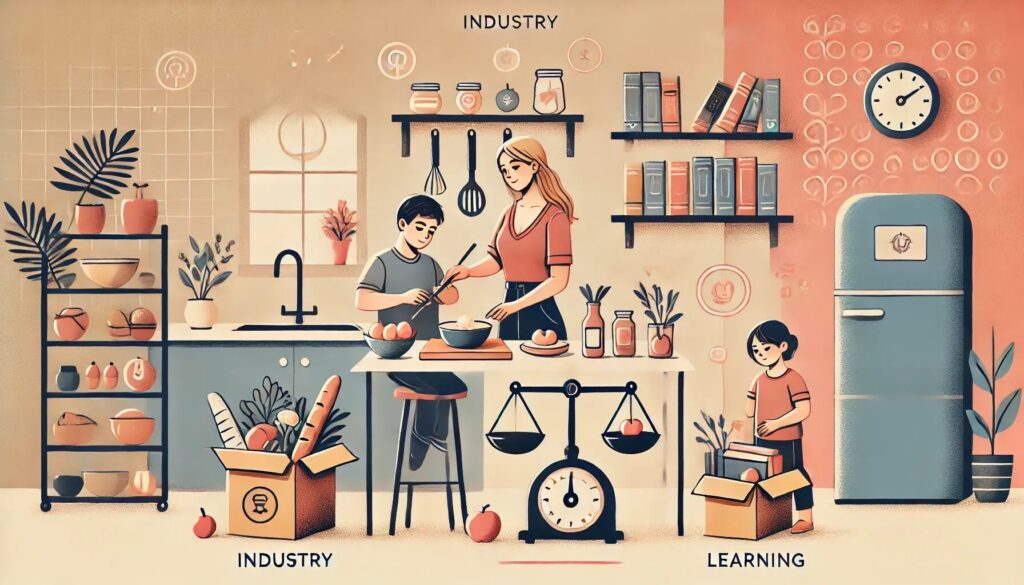1. Introduction
The home kitchen is not just a place for meal preparation, but also a space to learn about the relationship between industry and gender. The process from food procurement to cooking and consumption reflects society’s industrial structure, and the division of household labor serves as an indicator of gender equality. In this article, we will explore the relationship between industry and gender in creating a future society through the lens of the kitchen.

2. Practical Points and Examples
- **”Industrial Structure Reflected in the Kitchen”**The ingredients and cooking utensils used in homes are products of complex industrial structures. For example, ingredients lined up in supermarkets reach households through numerous processes from production to distribution and sales. The system that enables fresh delivery through logistics industry optimization and advances in freezing technology symbolizes society’s supply chain. When cooking at home, understanding these mechanisms can deepen our comprehension of the entire industrial system.
- **”Gender Inequality and Division of Household Labor”**The burden of kitchen work tends to fall disproportionately on women. Particularly in Japan, the stereotype that “cooking is women’s work” remains deeply rooted. This imbalance increases women’s time and mental burden, contributing to gender inequality. For instance, even in dual-income households, women often remain primarily responsible for cooking and cleanup. To resolve this issue, it’s important to review the division of household labor as a whole family.
- **”Initiatives to Change Household Role Distribution”**Promoting gender equality at home requires specific initiatives. For example, it’s effective to create lists of household tasks and decide on role distribution through family discussions. Additionally, utilizing cooking appliances and meal kits to reduce household labor burden and creating an environment where everyone can easily participate is also effective. Furthermore, cooking with children can naturally cultivate values about performing household tasks regardless of gender.
- **”Environmental and Social Impact”**Household behaviors affect both the environment and society. For instance, purchasing local ingredients supports the local economy while reducing the environmental impact of logistics. Additionally, efforts to reduce food waste and choosing recyclable packaging are first steps toward a sustainable society. By sharing these initiatives as a family, we can contribute to future society.
3. Points of Caution and Tips
When learning about the relationship between industry and gender in the kitchen, it’s important not to seek perfection. For household task division, implement a flexible system where everyone can play their part gradually. Also, by discussing with children how household actions affect society and the environment, we can pass on sustainable values to the next generation.
4. Summary and Next Actions
The kitchen is a starting point for learning about the relationship between industry and gender and creating a future society. In your next cooking or household task, try to divide roles among all family members and be conscious of sustainable choices. Small efforts in daily life can become the force that builds an equal and sustainable future society.




